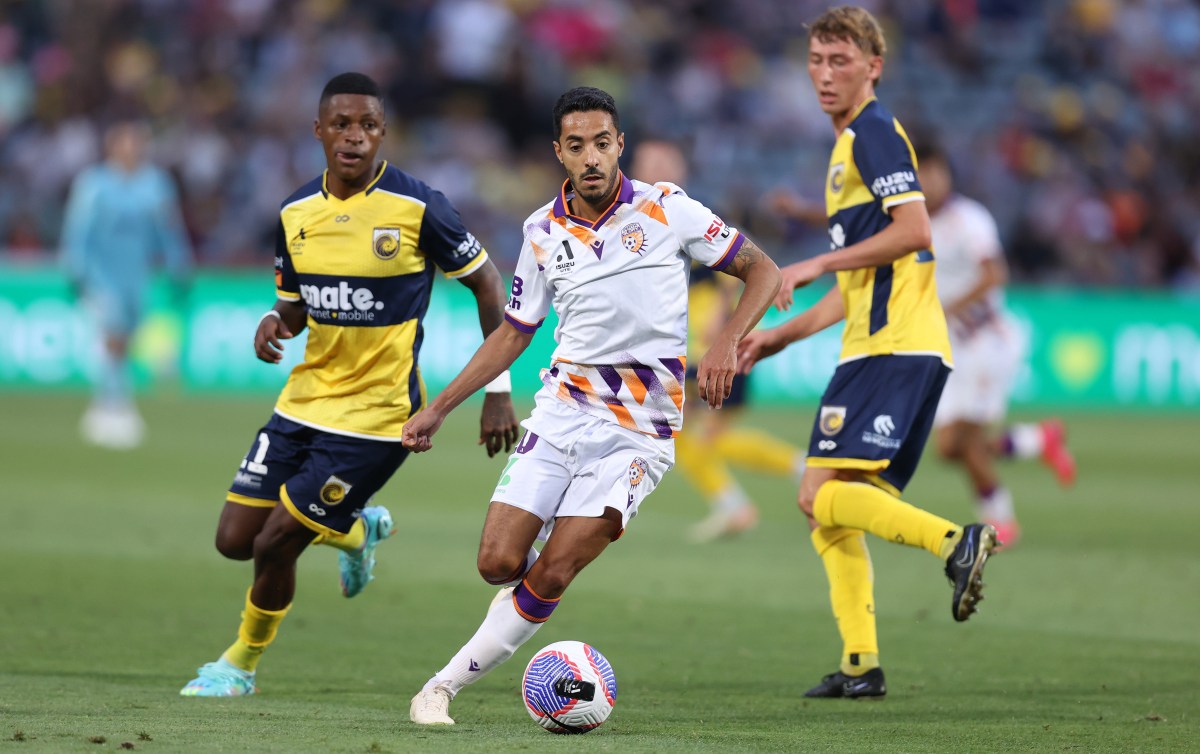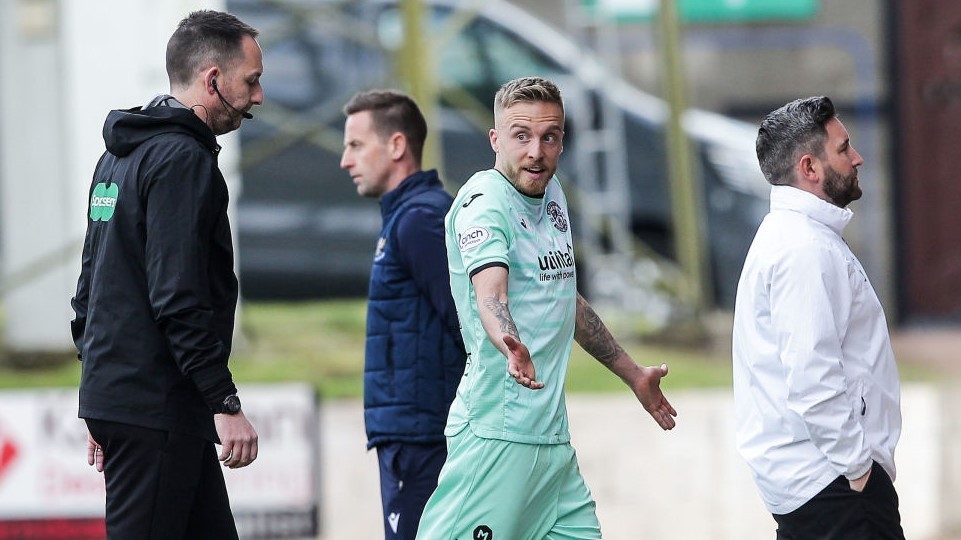gaskin
Hall of Famer
- Aug 19, 2009
- 33,999
- 38,265
- AFL Club
- Fremantle
- Other Teams
- LFC, Glory, Wests, Seahawks, UGA
Auckland would be stupid to not offer JMac a marquee contract.
Follow along with the video below to see how to install our site as a web app on your home screen.
Note: This feature may not be available in some browsers.
Auckland would be stupid to not offer JMac a marquee contract.
Yes please. APL was formed by the clubs because they thought they knew better. They don't. Run the A-League & A League 2 (when it starts) by Football Australia with every club being an equal shareholder. They should have a local presence in every state at the state associations offices. No need for an independent organisation.
Yes please. APL was formed by the clubs because they thought they knew better. They don't. Run the A-League & A League 2 (when it starts) by Football Australia with every club being an equal shareholder. They should have a local presence in every state at the state associations offices. No need for an independent organisation.

 perthglory.com.au
perthglory.com.au
This is a joke.APL have forced Glory to send Khelifi out on loan. Where he is going has not been named but I think we all know it is Victory.

Khelifi departs club on loan
Perth Glory can confirm that it has been instructed by Australian Professional Leagues (APL) to accept a loan offer from another A-League club for midfielder Salim Khelifi. Khelifi will join the club in question for the remainder of the 2023/24 Isuzu...perthglory.com.au


How the A-Leagues’ multimillion-dollar digital play blew up
It’s Australian soccer’s unanswerable question: how do you convert the millions of people who play the game at grassroots level, and watch European soccer obsessively, but don’t follow the A-Leagues?www.smh.com.au
So they spent $3M on a song they used for 2 years. I bet most don't even know it - "Meanwhile, the APL allegedly spent the same amount on commissioning a song called Real Nice (H.C.T.F.), which was the A-Leagues’ broadcast theme music for two seasons and launched for the 2021/22 campaign"Great article by Vince Rugari on the demise of KeepUp and the APL expenditure and failures.
And a significant proportion of them ‘poached’ from Sydney FC.Men's:
APL, 1 division, 12 clubs, 100 staff
SPFL, 4 divisions, 42 clubs, 20 staff
We stink of negligence at the top.
I remember seeing something from Simon Hill.what's the go with the Paramount+ offer? i get it was a massive offer over fox but the lack of content sport wise on paramount keeps eyes off the sport. clearly not the main reason the sport is in pain but can't be helping at all.
the 20/20 cricket in nz got a crowd of 3k for a final so what does the a league do? yup let's create another club haha
Just funny re reading quotes from 2021 about how this (tv rights) will bring fans to the game an together with more access haha.I remember seeing something from Simon Hill.
The gist is no body wanted it (fox especially) and if they did the league were pretty much going to have to pay there own way (more then they are at the moment)
If the nbl can do it, so can the aleague.Just funny re reading quotes from 2021 about how this (tv rights) will bring fans to the game an together with more access haha.
also funny to read fox say they were proud to be home of soccer only to lose the rights last year "bein sports"
NBL has showed a sport can fail many times but with the right people in charge you can deliver . i have no hope for the A league atm
I know, Should of gone back to Wellington
I know, Should of gone back to Wellington

